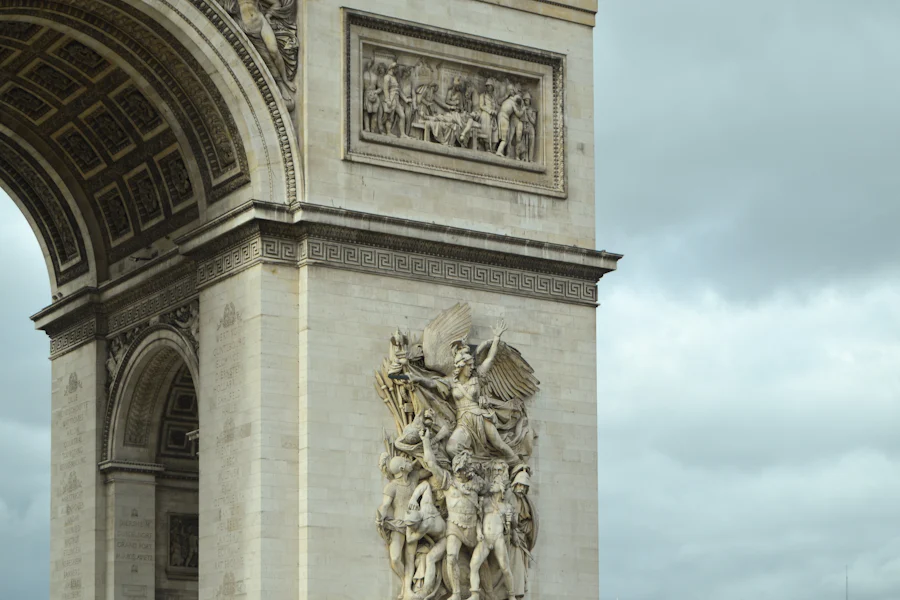
The French Revolution, an event that shook France and changed it forever, beginning in 1787 and lasting into the late 1790s. Often referred to as the Revolution of 1789 – due to the year it reached its fighting heights – it was a period that saw the end of the ruling monarchy and brought on the ascent of Napoleon Bonaparte. Fueled by ideas from the Enlightenment period, the French used the revolution to push for inalienable rights and sovereignty.
Although there are differing opinions on what exactly brought on the French revolution, most agree that a general discontent with the ruling King Louis XVI was the clincher. Following the Seven Years’ War, France suffered from an increasing economic crisis, and the monarchy’s continuing decadence pushed citizens to begin their protest. Just prior to the revolution, the national government was practically bankrupt, foot shortages were at a high and debt was mounting due to several notable wars.
In May 1788, two legislators were imprisoned for opposing government reforms, and as the reforms were implemented, courts across France refused to sit in protest. By August of that year, the French government declared bankruptcy. Meanwhile, the Estates-General – a general assembly of those representing the clergy, nobles and common people – were in the midst of deciding how much political power each group was allowed to wield.
Then, in the revolution’s first case of violence, factory workers led a revolt in early 1789 to protest against food shortages and low wages. The “Reveillon Riots” led to around 25 deaths. In May of that same year, the King called a meeting of the Estates-General and after nearly two months of debate, the common people made the decision to break away from the rest of the realm and form a National Assembly. Little by little, this assembly was widely accepted, even by King Louis XVI himself.
But the common people still feared for their ability to be taken seriously. And on July 14, 1789 they stormed the Bastille, which at the time held a number of political prisoners. Their battle with fort guards left 98 dead, but led to the signing of the Declaration of the Rights of Man and the Citizen one month later.
From there, movements continued to flesh out the country’s new leadership. In October 1789, crowds of women took part in a massive march of around 7,000 to Versailles, demanding that officials take their concerns – such as economic hardship – seriously. The revolution also saw a huge shift of power from the Roman Catholic Church to the state.
Although the revolution didn’t accomplish all it had hoped for, and caused more than a few bloodbaths, it ultimately showed France’s capacity for change and the power of the people.
Learn more while strolling through the streets of Paris during our French Revolution Walking Tour.




